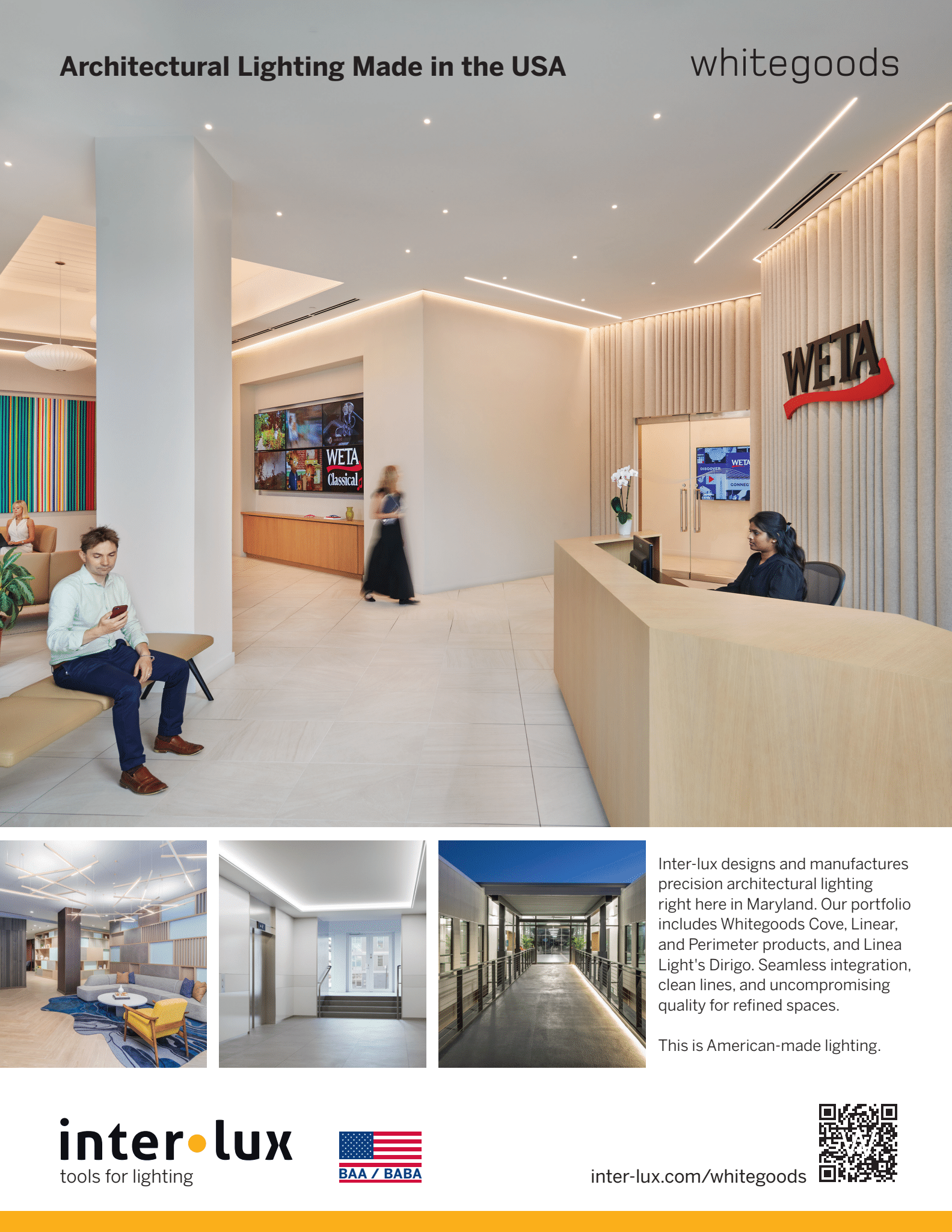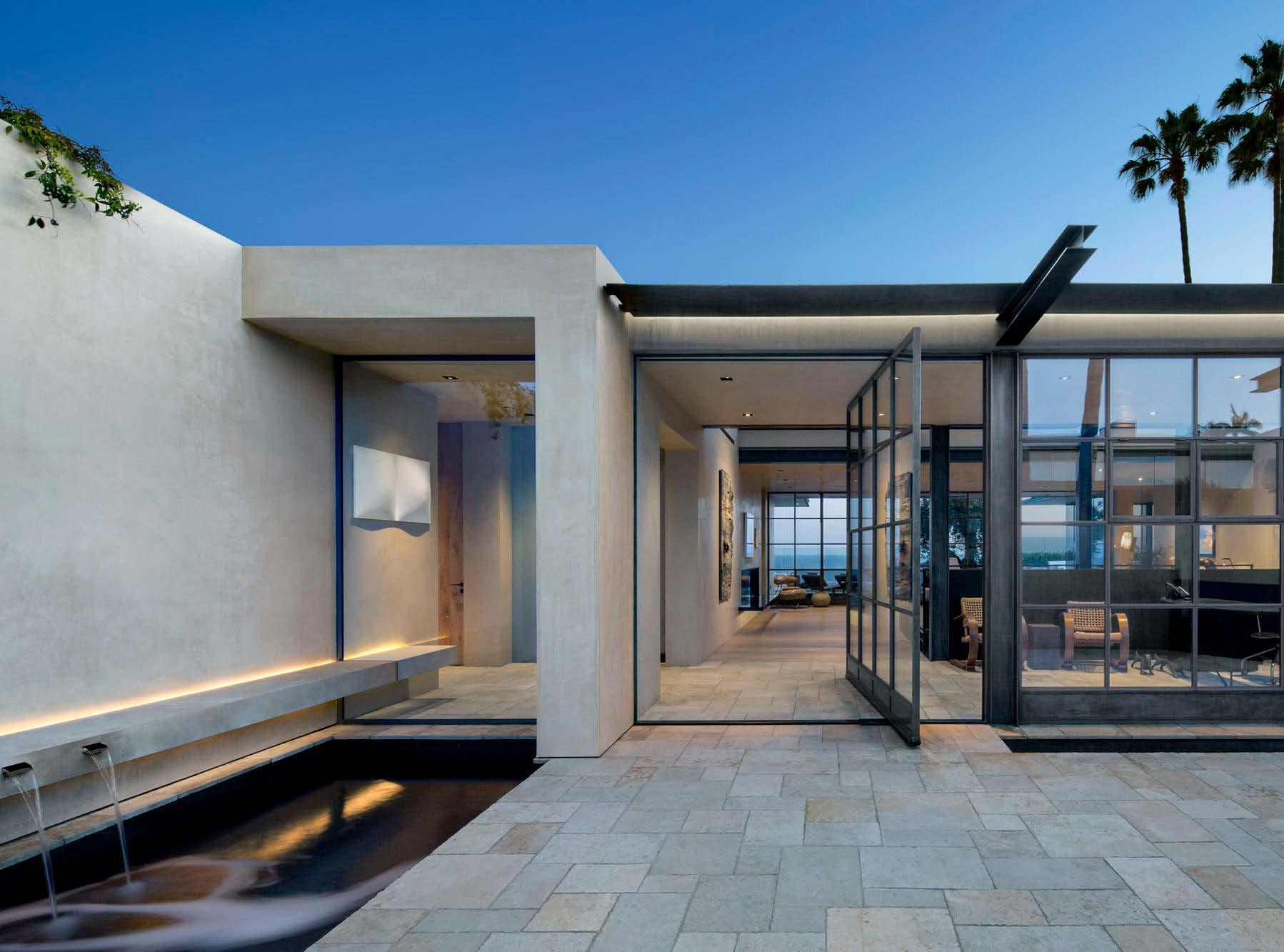
8 minute read
Design with Clarity
from June 2025
Navigating Fee Structures in Residential Lighting
By Stacie Dinwiddy, CLD, IALD, LC, LEED BD+C, HLB Lighting Design
In residential design, lighting is often one of the most customized and, at times, underestimated disciplines. As lighting designers, we are increasingly invited to the table early, yet fee conversations often lag behind. Compared to commercial work, residential projects require more fluidity, deeper collaboration, and a highly personalized touch.
This makes defining and defending our value even more essential.
What follows is a breakdown of common and emerging fee structures—fixed, hourly, hybrid, and à la carte—with practical insights into how each model supports creative integrity, transparency, and sustainability in residential lighting design.
Fixed Fees: Structure with Boundaries
Let’s start with the most familiar model: a fixed fee aligned with design phases. This structure, widely used across sectors, typically follows the standard sequence— Schematic Design (or early Concept), Design Development, Construction Documentation, and Construction Administration. In residential lighting, we often find that critical services like Controls Commissioning and Aiming are recognized as additional phases to emphasize their importance in the design process.
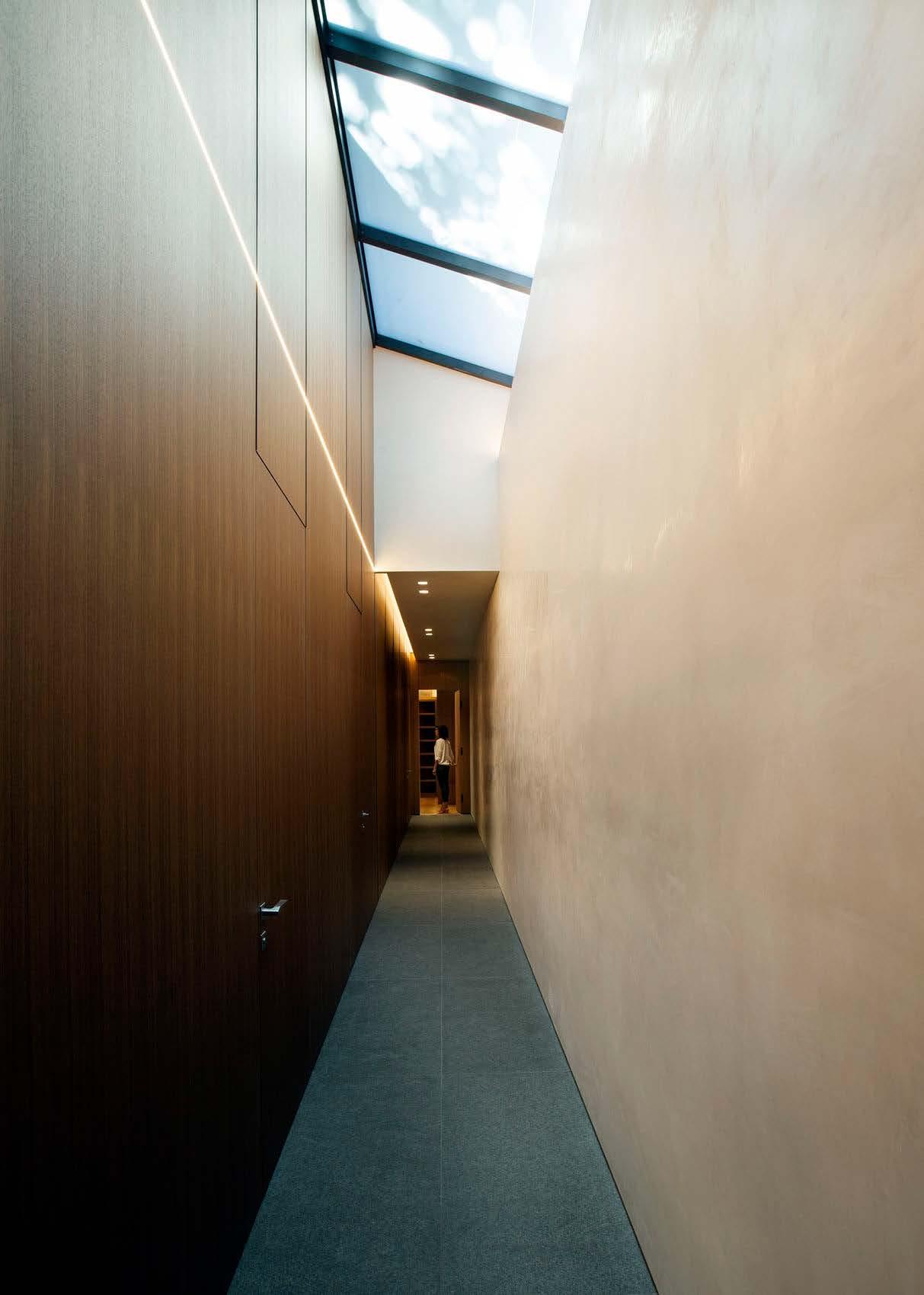
This model works best when paired with a defined project schedule and clearly articulated scope. In residential work, such schedules are often elusive, except for a fixed end date, frequently driven by a holiday or milestone event. When schedules or deliverables are undefined, proactive communication becomes a key success factor. Setting expectations around meeting frequency and the role of lighting in design discussions becomes key.
When neither a clear schedule nor regular meetings can be confirmed, transparency is your best tool. Communicating what can be reasonably delivered within the negotiated fee helps align expectations and supports internal project management. Schedules— even informal ones—act as reference points. They offer the framework needed to navigate changes, delays, or client-driven shifts in direction.
This brings us to one of the more sensitive elements of fixed-fee work: requests for additional services. Contrary to popular belief, saying “no” can strengthen professional respect. Clients and design teams often appreciate boundaries, especially in a field where "yes" is the default.
Early and open conversations about scope provide opportunities to introduce optional services that fall outside the base fee without disrupting the core engagement. Examples can include decorative fixture specification, architectural fixture procurement, enhanced control system design and commissioning, or extra meetings, mockups, and showroom tours.
While not required to initiate the project, these defined options allow clients and design teams to make informed decisions midstream without the surprise of unexpected costs. Ultimately, the goal is to deliver a high standard of work without compromising its value through scope creep or misaligned expectations.
Hourly Models: Flexibility with Accountability
In some cases, an hourly fee structure is the best approach to preserve value and empower the client and design team with full control over the project’s pace and level of design engagement. This model offers flexibility, allowing timelines to stretch or contract, and gives clients autonomy over how deeply each consultant is involved across phases.
To function well, this arrangement requires transparency. Consultants should provide proactive updates as the estimated fee nears its cap. Depending on region or client type, reaching that cap can happen more quickly than expected, and the client’s willingness to continue spending may vary significantly.
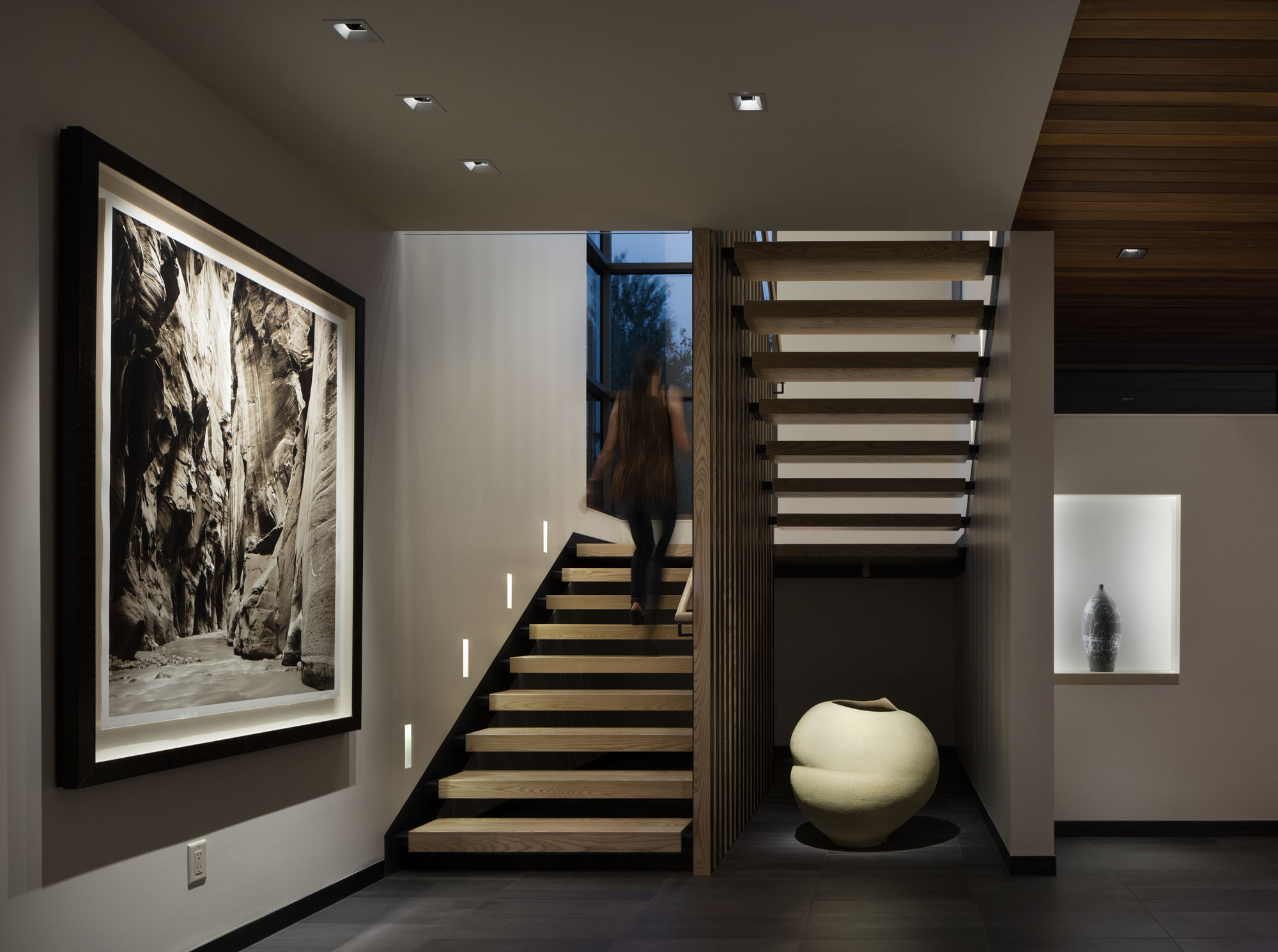
Hourly estimates are typically built from known variables, such as expected project kickoff and completion dates, the scope of work (interior and exterior), and the size of the design team required. Unlike fixed-fee models, hourly agreements may allow for broader participation—additional team members attending meetings or providing design input—depending on client preference.
Late-phase changes are where hourly models tend to offer more agility. Clients may request refinements, or existing scope boundaries might shift.
This is especially common in renovation projects: work may begin in a single space, but a desire for cohesion often expands the scope to adjacent rooms, floors, or site areas. Under an hourly model, these transitions are smoother— new work is acknowledged as additional scope, and because the rate structure and terms are already outlined in the proposal, moving forward is less contentious.
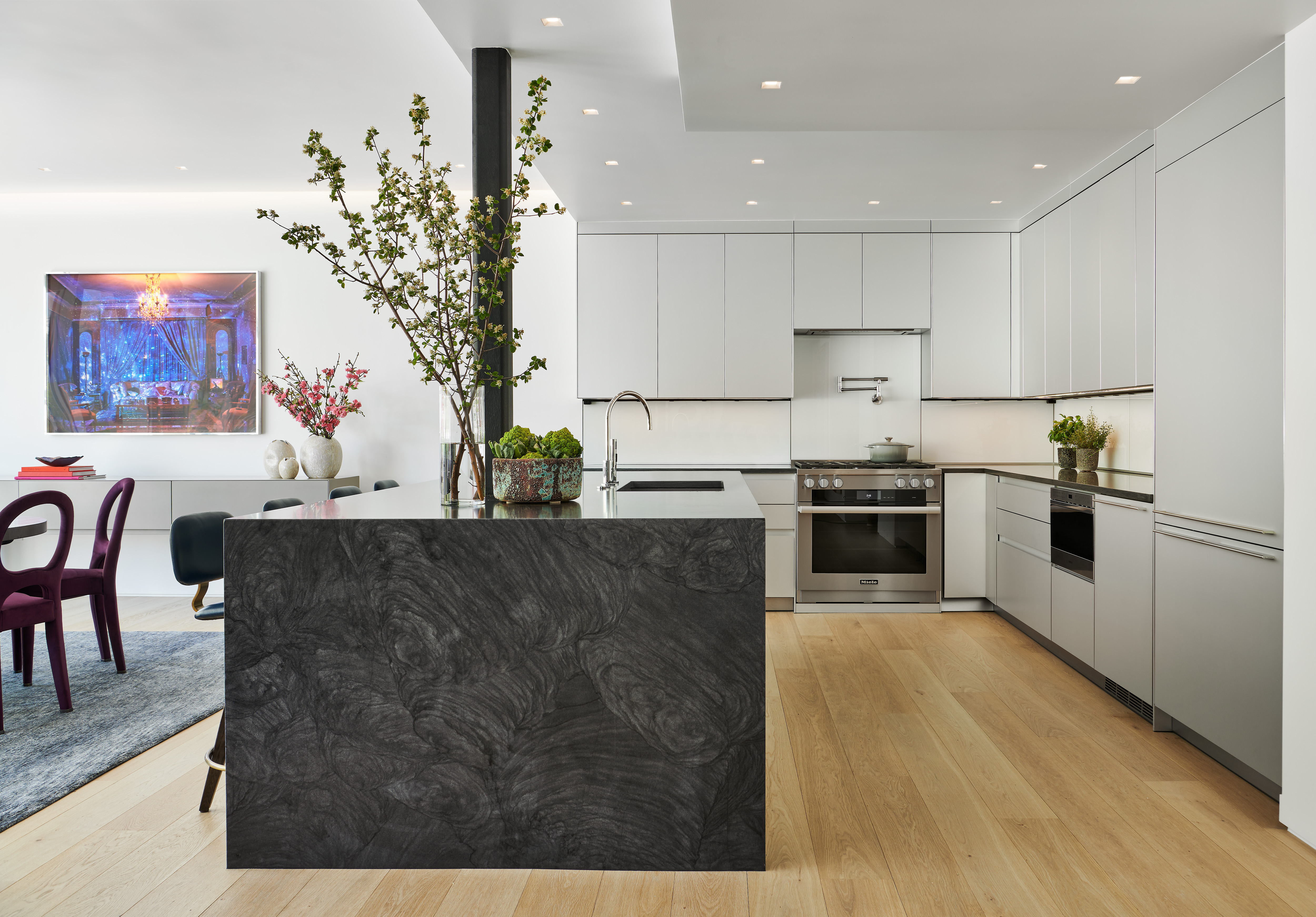
So why aren’t all lighting designers using hourly models, especially when clients are open to them?
Because it’s not always profitable. Just as we expect transparency from distributors during value management—requesting line-item pricing from manufacturers— we too are expected to justify our own time, line-by-line. Time spent is time billed, and efficiency becomes paramount. Unlike fixed fees, where profit margins can be managed against the full project scope, hourly billing leaves less room for ambiguity—or for absorbing inefficiencies.
Hourly proposals work best when there’s mutual trust, solid communication, and a clearly articulated scope with room for adjustment. When handled well, they can offer both fairness and flexibility, protecting the value of lighting design while adapting to the evolving nature of residential projects.
Blended Fee Models: Fixed for Design, Hourly for Construction
A hybrid approach—fixed fees during design phases and hourly billing once construction begins—is often the most realistic reflection of how residential projects unfold. It recognizes that while design phases benefit from structure and definition, construction often introduces a level of unpredictability that fixed fees struggle to accommodate.
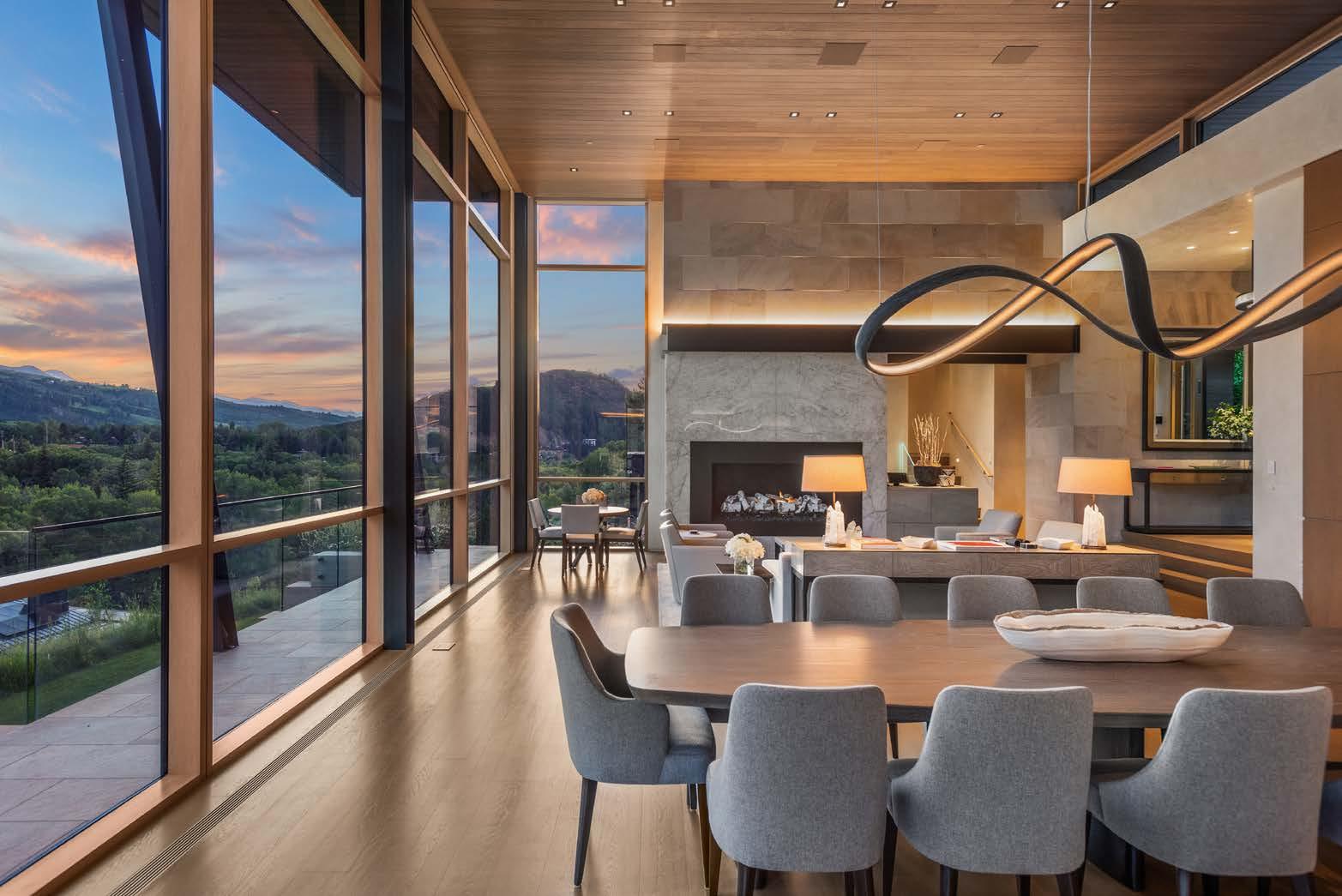
In the early phases (Schematic through Construction Documentation), deliverables and scope are typically well-defined. A fixed fee works here because the path is relatively clear, and deliverables can be projected with confidence. Clients appreciate the predictability, and consultants can plan staffing and time allocation accordingly.
But once construction begins, new variables emerge. Field conditions, contractor questions, product substitutions, and evolving client expectations all demand quick responses and additional hours that often fall outside the original design scope. Shifting to hourly billing at this stage avoids constant renegotiation and recognizes the continued value of the designer’s expertise, even as the work becomes more reactive.
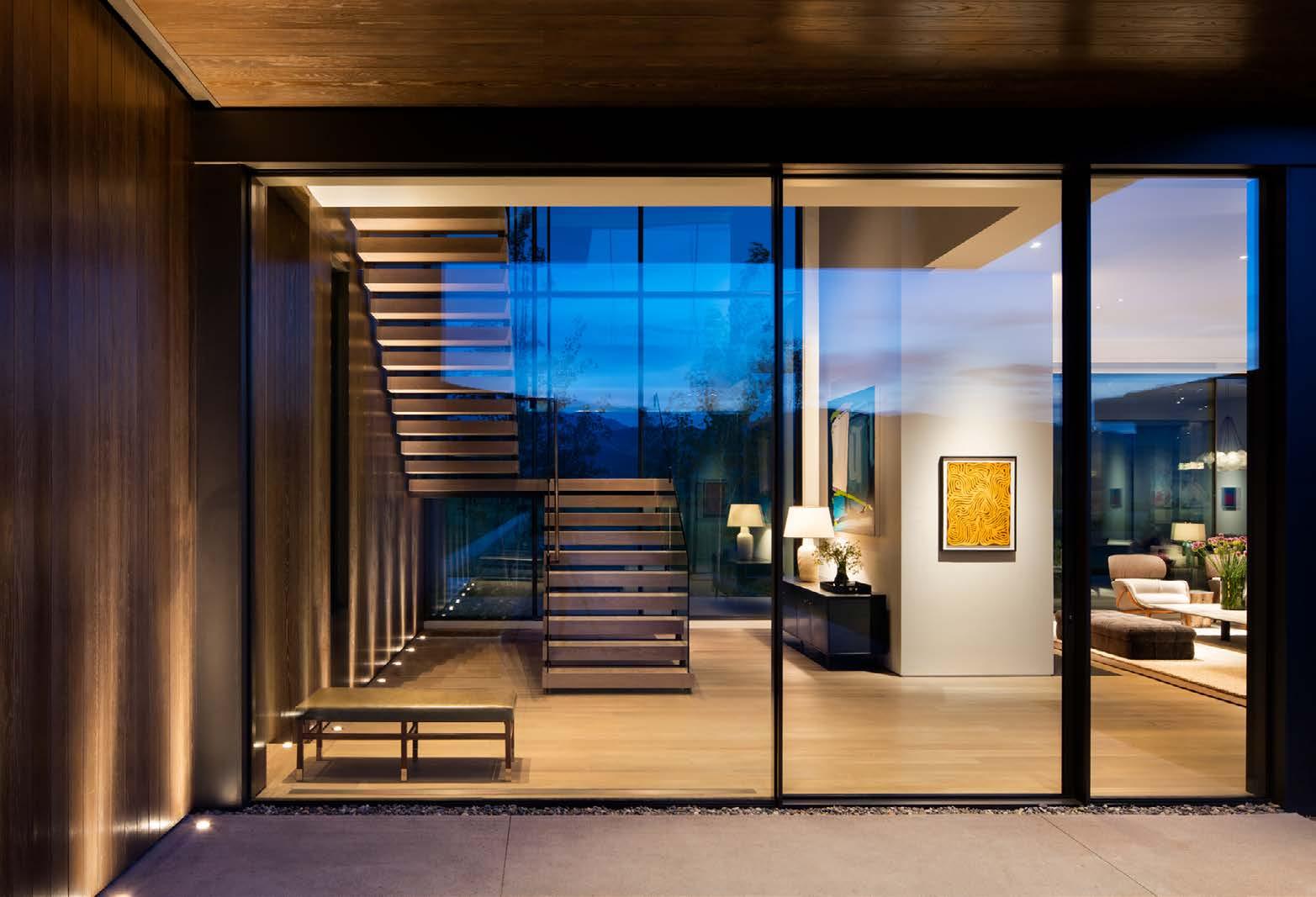
This transition is easy to define in a proposal and sets expectations early. It also helps avoid uncomfortable conversations later about fees running out or work exceeding scope, maintaining transparency and accountability without constant contractual revision.
À La Carte Services: Expertise in Scaled Doses
Not every project needs—or can accommodate—a fullscope lighting design package. Sometimes, a design team or client may simply need a second set of eyes on a layout, a sanity check on fixture selections, or help navigating a specific issue like glare, color temperature, or control compatibility.
In these situations, offering limited-scope or à la carte services can be an effective way to deliver value without requiring comprehensive engagement.
Peer reviews, fixture audits, or one-time consultations are low-barrier ways for clients to experience the value of working with a lighting designer. They also serve as an introduction to the discipline for those who may not have worked with lighting consultants before. For design teams, they offer a collaborative opportunity to integrate lighting expertise at key moments— particularly helpful in fast-paced residential timelines or smaller renovations.
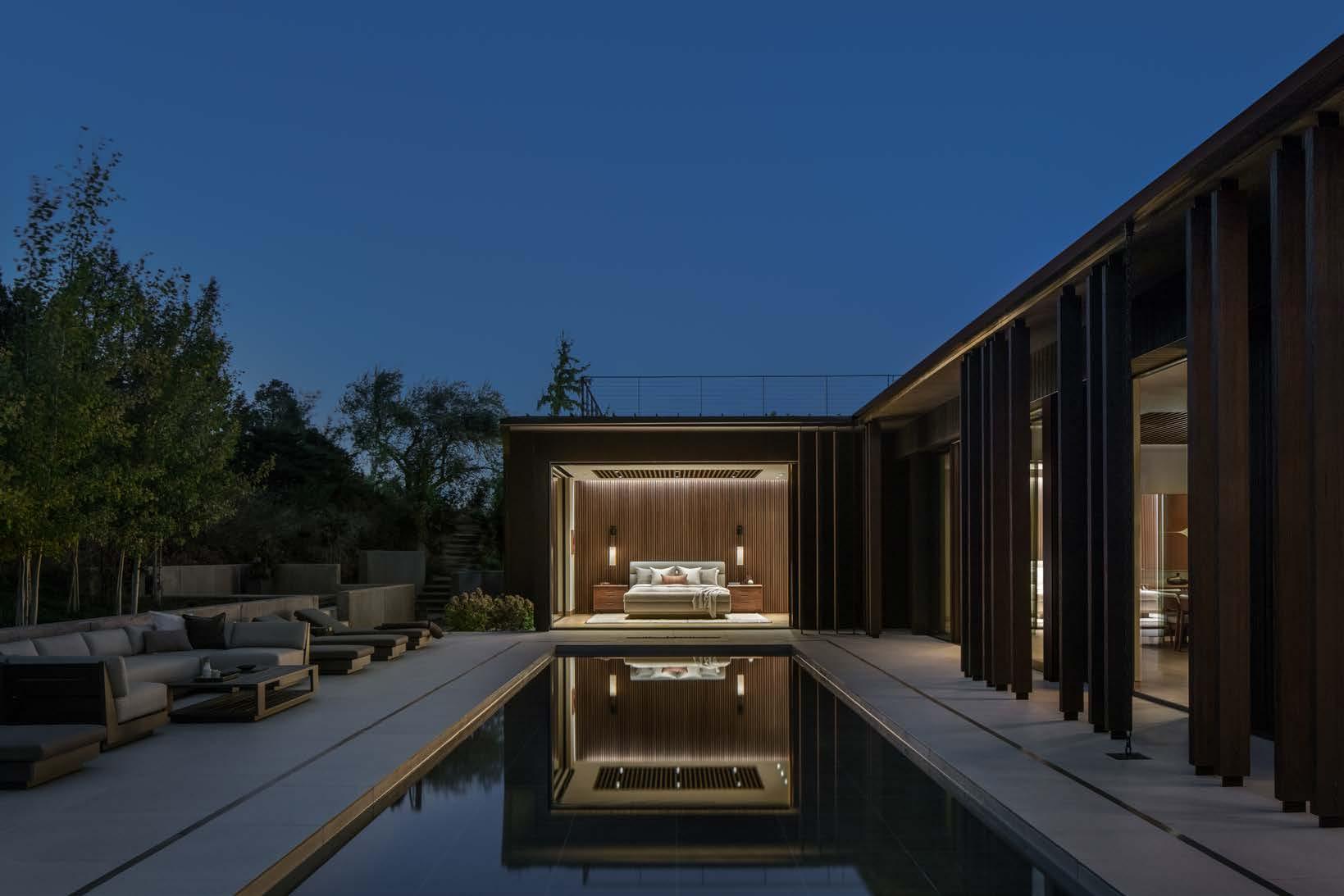
These services can be structured as fixed-fee packages (e.g., a flat rate for a layout review) or hourly blocks, giving clients clarity and control. They’re especially useful for owner reps managing multiple scopes or clients balancing budgets across trades. Importantly, they also demonstrate that lighting design is not an all-or-nothing proposition—it can be precise, strategic, and scaled to need.
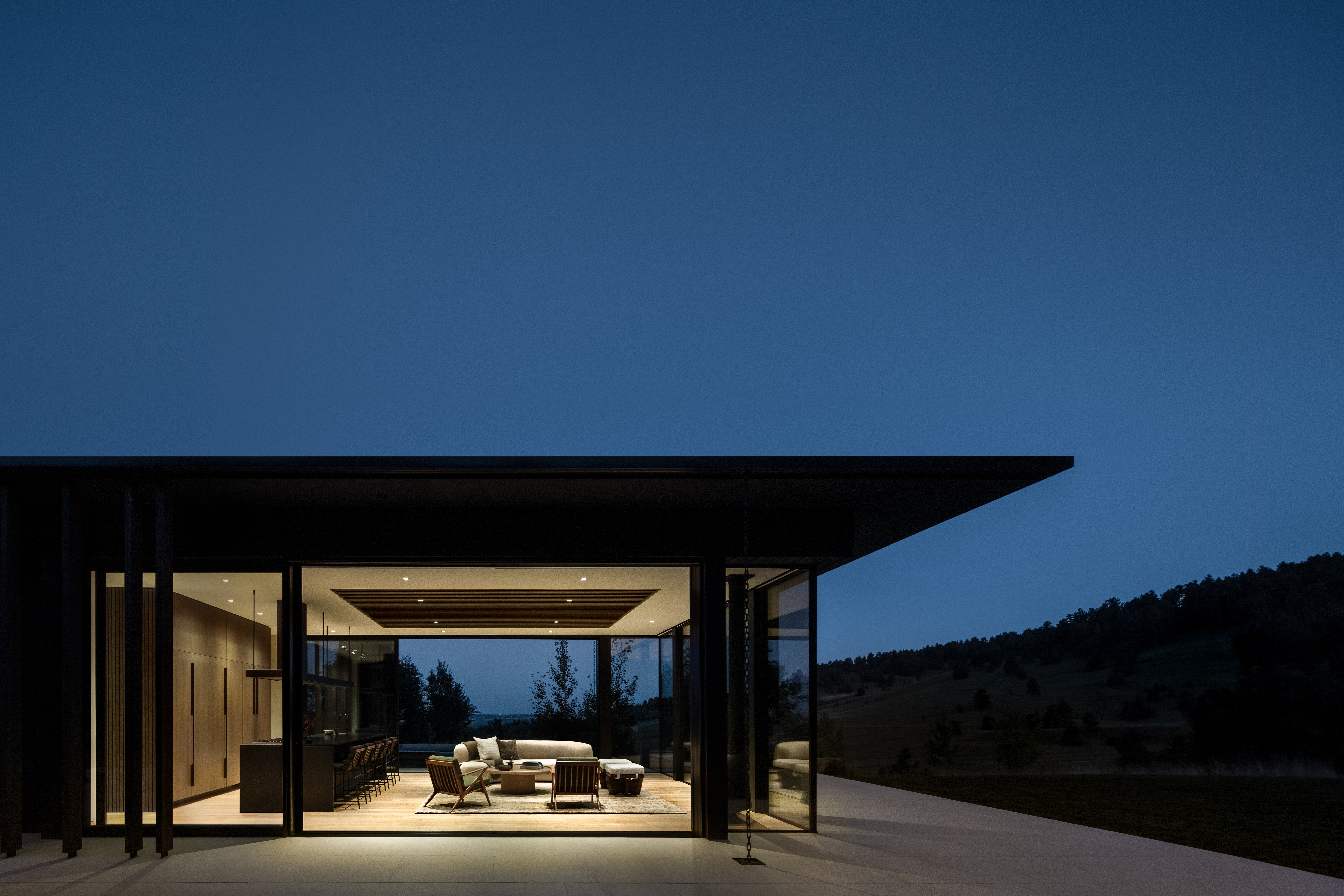
Offering these targeted services helps build trust and often leads to deeper collaboration down the line. When a client or architect sees the impact of a focused lighting intervention, they’re more likely to prioritize lighting in future projects and budget it accordingly.
Clear Structures Build Better Projects
Fee structures do more than outline compensation. They shape relationships, project flow, and the quality of collaboration. Whether working under a fixed fee, hourly model, hybrid approach, or limited scope engagement, what matters most is clarity.
Lighting designers offer high-impact value in residential projects. By articulating that value with confidence and transparency, we ensure a smoother process for everyone. As our industry evolves, so should the way we approach scope, communication, and compensation.
